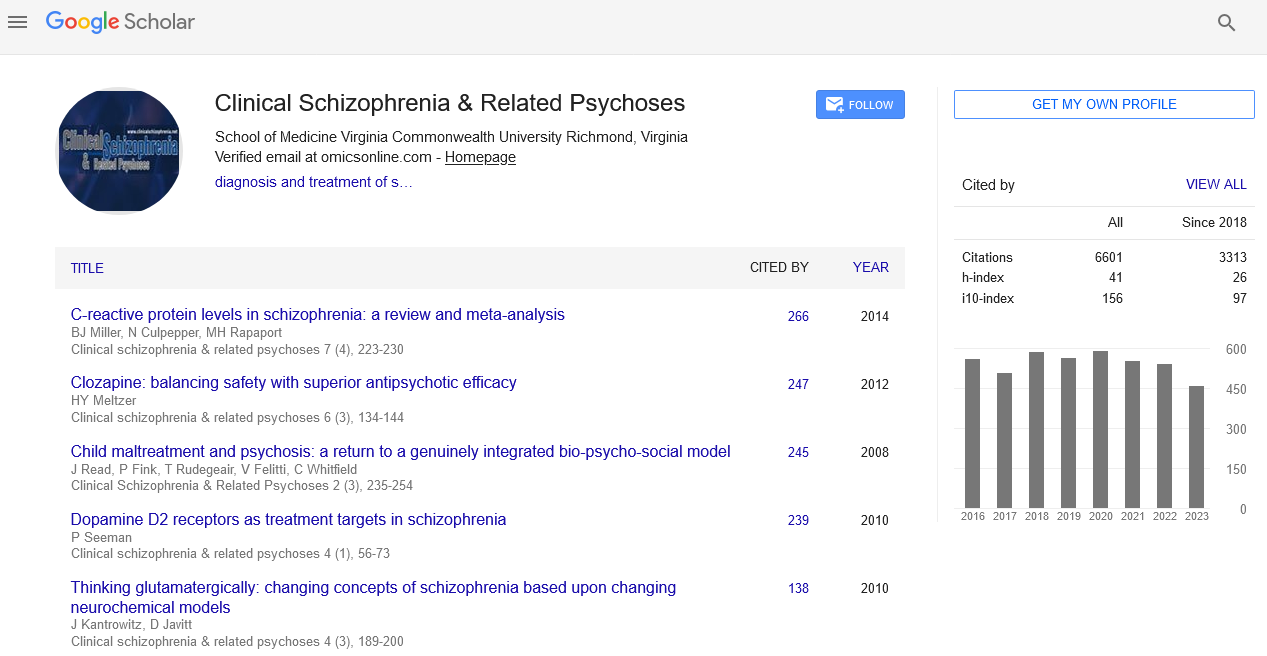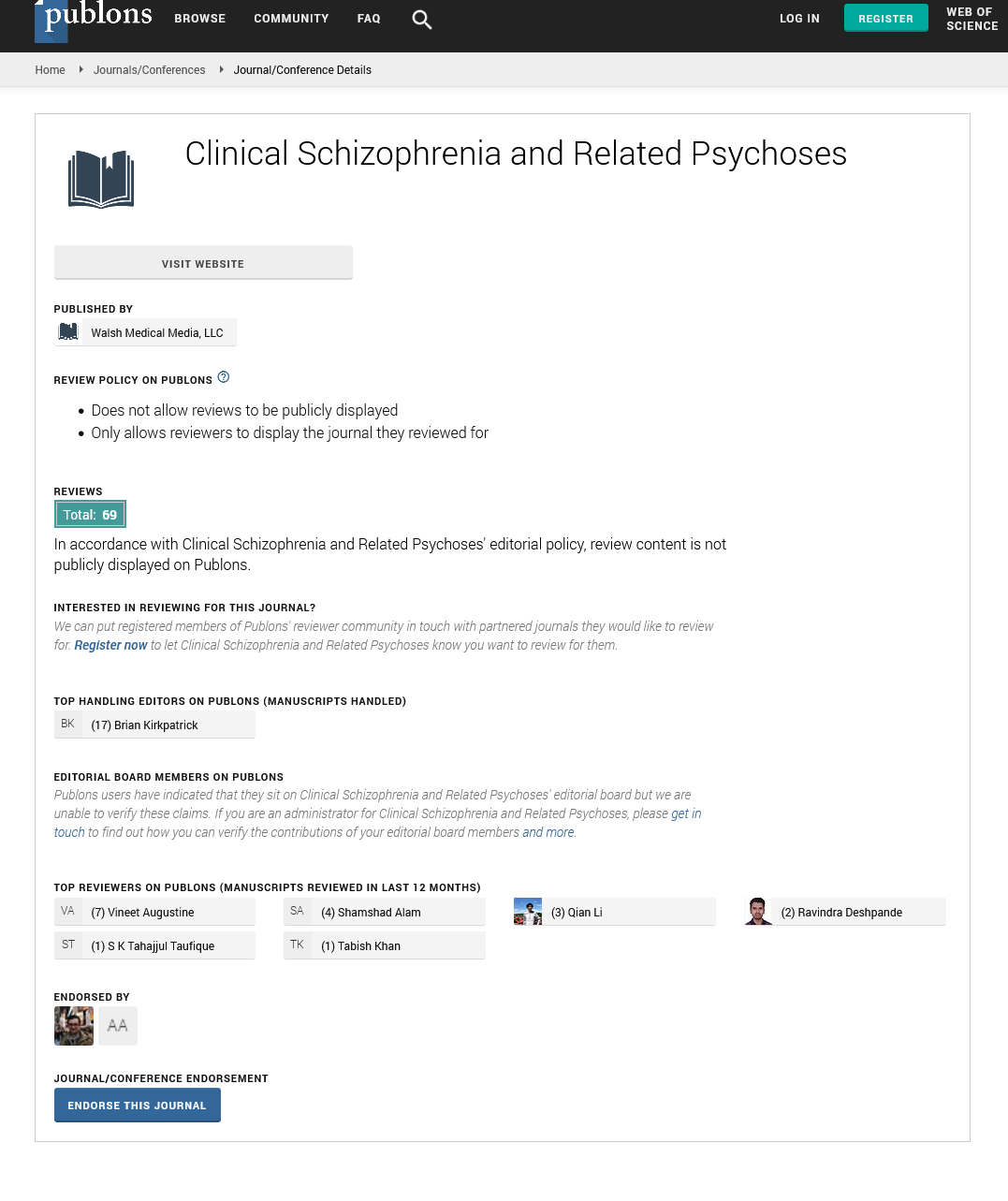Abstract
Neurodevelopmental Animal Models of Schizophrenia: Role in Novel Drug Discovery and Development
Author(s): Christina Wilson , Alvin V. Terry Jr.Schizophrenia is a devastating mental illness that is associated with a lifetime of disability. For patients to successfully function in society, the amelioration of disease symptoms is imperative. The recently published results of two large antipsychotic clinical trials (e.g., CATIE, CUtLASS) clearly exemplified the limitations of currently available treatment options for schizophrenia, and further highlighted the critical need for novel drug discovery and development in this field. One of the biggest challenges in schizophrenia-related drug discovery is to find an appropriate animal model of the illness so that novel hypotheses can be tested at the basic science level. A number of pharmacological, genetic, and neurodevelopmental models have been introduced; however, none of these models has been rigorously evaluated for translational relevance or to satisfy requirements of “face,” “construct” and “predictive” validity. Given the apparent polygenic nature of schizophrenia and the limited translational significance of pharmacological models, neurodevelopmental models may offer the best chance of success. The purpose of this review is to provide a general overview of the various neurodevelopmental models of schizophrenia that have been introduced to date, and to summarize their behavioral and neurochemical phenotypes that may be useful from a drug discovery and development standpoint. While it may be that, in the final analysis, no single animal model will satisfy all the requirements necessary for drug discovery purposes, several of the models may be useful for modeling various phenomenological and pathophysiological components of schizophrenia that could be targeted independently with separate molecules or multi-target drugs.






